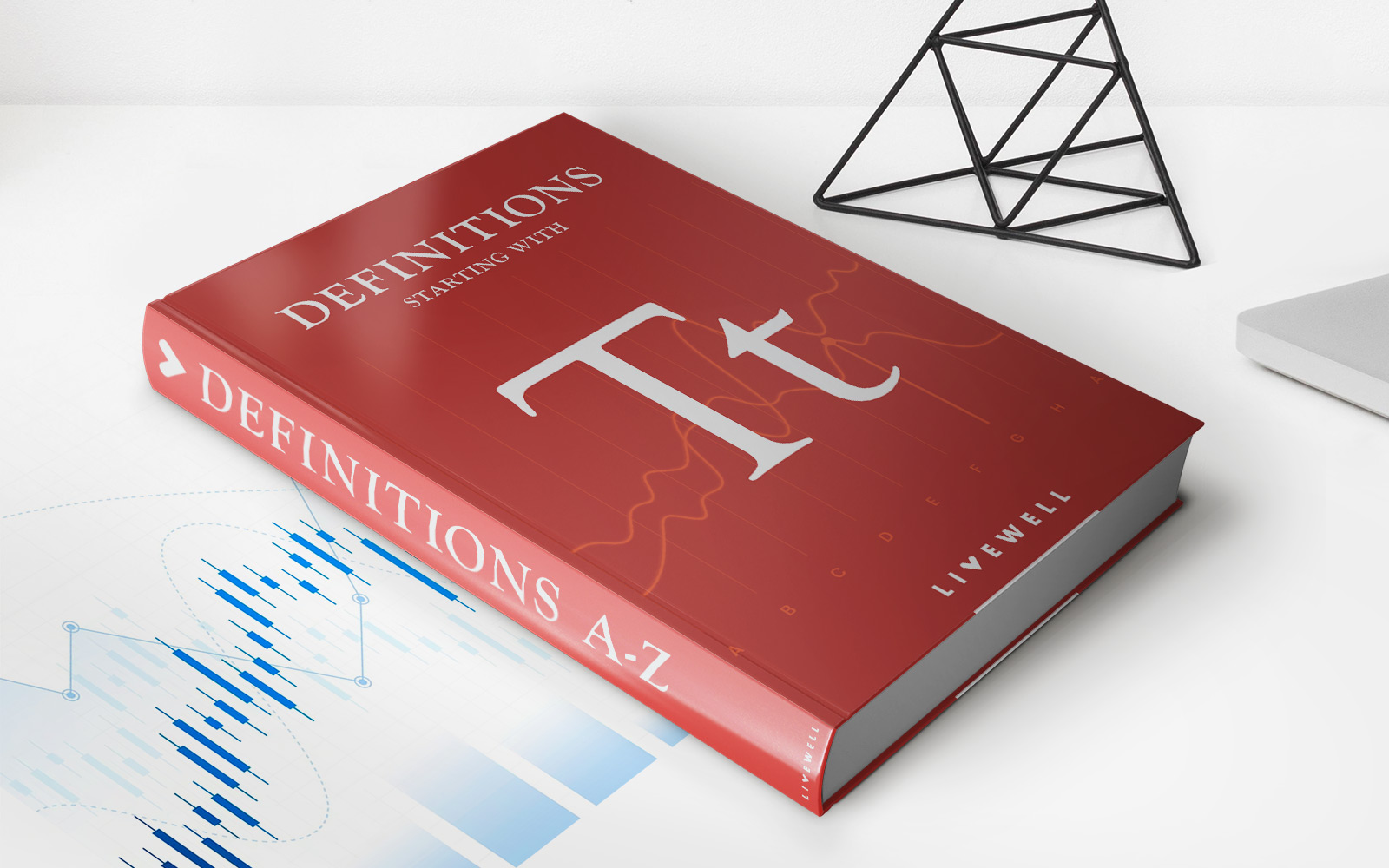Home>Finance>Stockholm Interbank Offered Rate (STIBOR) Definition


Finance
Stockholm Interbank Offered Rate (STIBOR) Definition
Published: February 3, 2024
Find out the definition of Stockholm Interbank Offered Rate (STIBOR) in the finance industry and understand its significance in financial markets.
(Many of the links in this article redirect to a specific reviewed product. Your purchase of these products through affiliate links helps to generate commission for LiveWell, at no extra cost. Learn more)
Understanding STIBOR: Stockholm Interbank Offered Rate
When it comes to the world of finance, there are numerous terms and acronyms that can sometimes be overwhelming. One of those terms is STIBOR – the Stockholm Interbank Offered Rate. So, what exactly is STIBOR, and why is it important? In this blog post, we will dive into the definition and significance of STIBOR to provide you with a clear understanding of this vital financial benchmark.
Key Takeaways:
- STIBOR is the benchmark interest rate in Sweden, representing the average interest rate at which banks lend to one another.
- It serves as the foundation for pricing various financial products, such as loans, mortgages, and derivatives.
What is STIBOR?
STIBOR stands for Stockholm Interbank Offered Rate. It is the benchmark interest rate in Sweden, serving as a reference point for the country’s financial market. Essentially, STIBOR represents the average interest rate at which banks within the Swedish financial system offer short-term loans to each other.
Similar to other interbank offered rates, STIBOR plays a crucial role in determining the cost of borrowing for banks and other financial institutions. It serves as a transparent indicator of prevailing market conditions and helps establish a fair interest rate for various financial products.
STIBOR comes in different tenors, ranging from overnight rates to one week, one month, three months, and twelve months. Each tenor represents a different time frame, catering to the diverse lending and borrowing requirements in the market.
The Significance of STIBOR
Now that we know what STIBOR is, let’s explore its significance in the financial landscape. Here are two key takeaways:
- 1. Pricing of Financial Products: STIBOR serves as a critical factor in the pricing of various financial instruments, including loans, mortgages, and derivatives. Lenders often use STIBOR as a reference rate when determining the interest rates they charge on loans and other credit facilities. This ensures that the rates are fair, transparent, and reflective of the prevailing market conditions.
- 2. Risk Management: STIBOR also plays a significant role in managing financial risks. Financial institutions, including banks and corporations, utilize STIBOR futures and other derivatives to hedge against uncertain interest rate fluctuations. By entering into STIBOR-related contracts, they can mitigate the potential adverse effects of interest rate volatility on their portfolios.
Given its influence on the financial market, STIBOR is closely monitored by market participants, regulators, and policymakers. Accurate and reliable calculation of this benchmark rate is essential for maintaining financial stability and ensuring a level playing field for all participants.
In Conclusion
STIBOR, the Stockholm Interbank Offered Rate, is a vital benchmark interest rate in Sweden. It provides a transparent and reliable reference point for financial institutions when pricing various financial products. Understanding STIBOR is essential for anyone involved in the Swedish financial market or interested in how interest rates are determined. Stay tuned for more insightful blog posts on finance-related topics!














